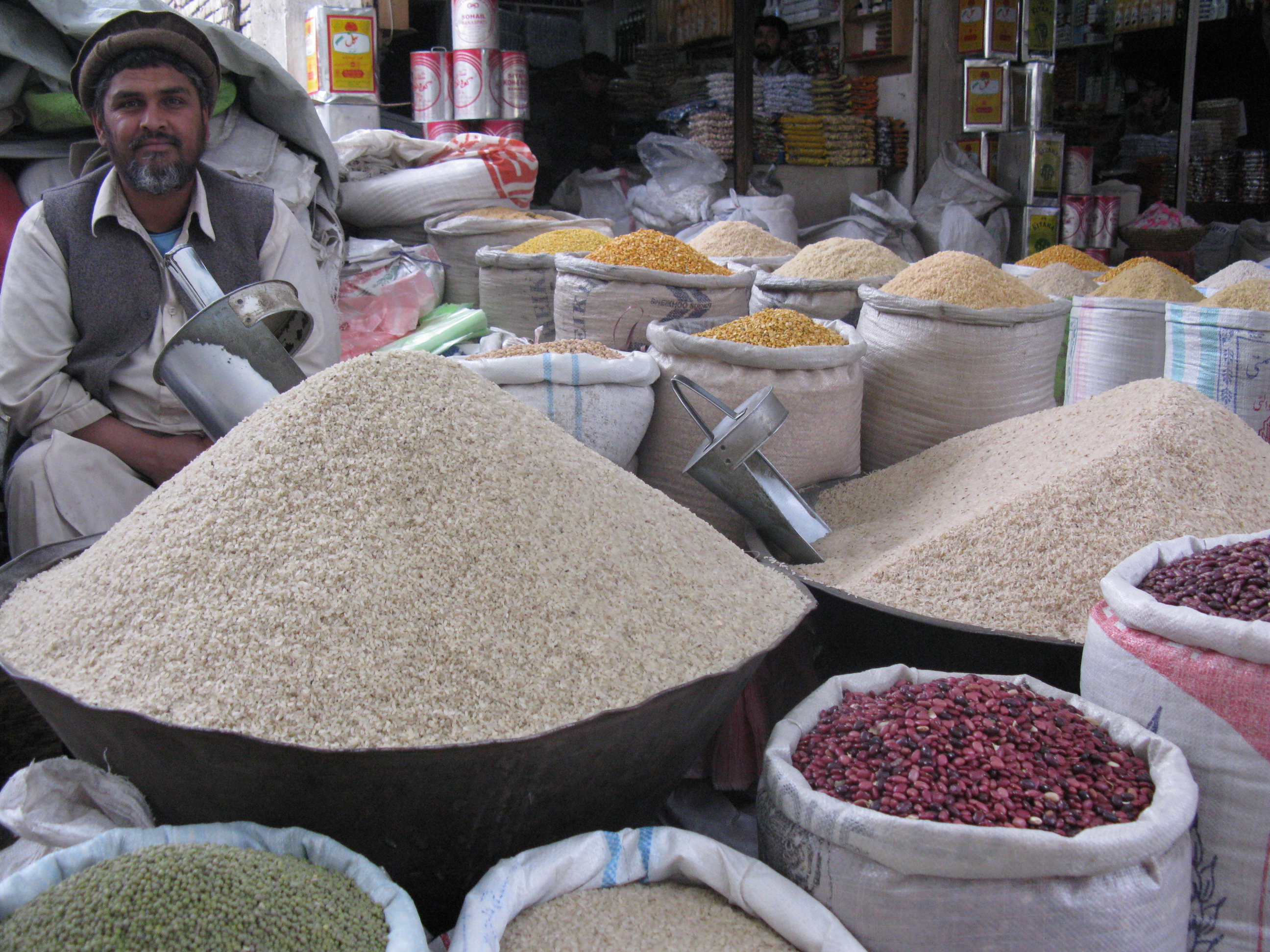Local farmers produced about 66,000 tonnes of rice in 2008 compared to 13,000 tonnes in 2007, according to the provincial department of agriculture.
The bumper harvest is a rare piece of good news in a country where drought, conflict and high food prices have pushed millions into food insecurity. Rice and wheat flour are two major staple food items.
"This year's rice production will not only contribute to the reduction of food-insecurity among rural households but will also ease food prices in local markets," Mohammad Hussain Sapai, Nangarhar's director of agriculture, told IRIN.
With an estimated population of 27 million, Afghanistan needs 472,000 tonnes of rice a year but produces around 370,000, according to the Ministry of Agriculture, Irrigation and Livestock (MAIL).
Afghanistan imports rice and other food items mostly from Pakistan and Iran.
Nangarhar's Sapai said the main reason for increased rice production was the distribution of certified seeds and technical knowhow by the Japan International Cooperation Agency (JICA), as well as adequate rainfall during cultivation.
New project
JICA has earmarked US$3 million for a 40-month project designed to develop rice production in the eastern provinces of Nangarhar, Laghman and Kunar.
"We want to expand the Nangarhar success into other provinces," Mutsuhito Ota, a JICA official, told IRIN.
A rice research laboratory established by JICA has certified 22 varieties of rice - Afghan and Japanese - for cultivation in 2009.
"In the past farmers were producing three tonnes of rice per hectare. We have increased this to up to 10 tonnes per hectare," Ota said.
MAIL experts say the country has strong potential to become self-sufficient in food because of its vast arable land, rich soil and adequate sources of water. However, combating drought through improved irrigation is a major challenge.
The government has asked international donors for over $4 billion to fund the Afghanistan National Development Strategy to rebuild and develop the agriculture sector up to 2013.
af/ad/at/cb
This article was produced by IRIN News while it was part of the United Nations Office for the Coordination of Humanitarian Affairs. Please send queries on copyright or liability to the UN. For more information: https://shop.un.org/rights-permissions





